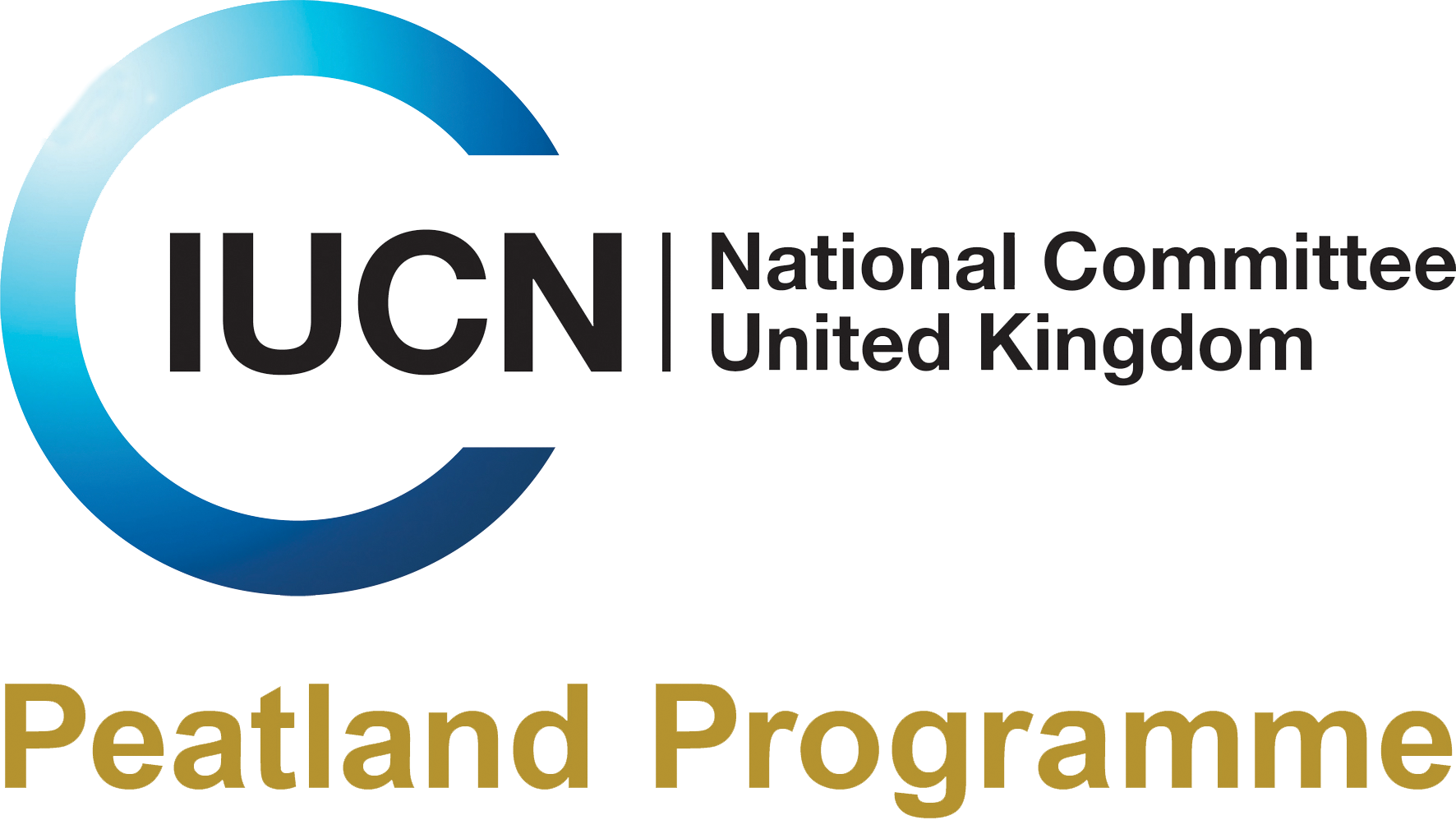New Botanical Society of Britain and Ireland Red List reveals increasing threats to Britain’s wetland flora
The BSBI's updated Red List of the UK's vascular flora reveals the importance of fen peatlands and increasing threats to multiple wetland species.
